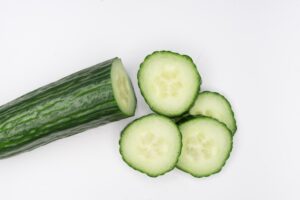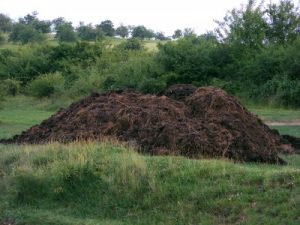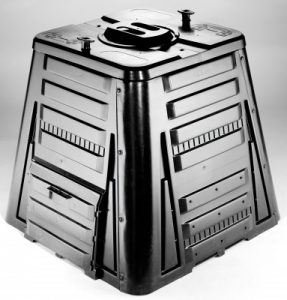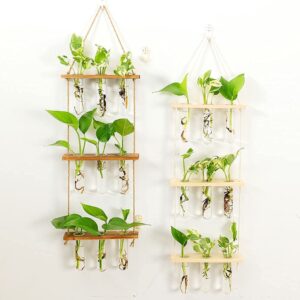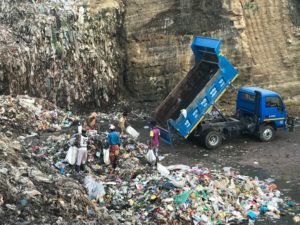
Everything in a landfill can be recycled.
A massive landfill caught fire during a scorching heat wave in India on April 27, 2022. The landfill is taller than a 17-story building and covers an area bigger than 50 football fields.
Toxic smoke hung over New Delhi for days after the landfill caught fire, forcing people to endure hazardous conditions.
South Asia, including India, is experiencing a record-shattering heat wave that experts say was a catalyst for the landfill fire. Three other landfills around New Delhi have also caught fire in recent weeks.
Global warming, the Green New Deal, climate change – whatever you choose to call it – is merely human negligence, human waste, and ignorance. Before we adopt drastic, incorrect, and expensive new energy laws, let’s solve these problems first.
This Indian landfill fire could have been avoided because everything we put into a landfill can be recycled – everything!
Toxic Landfills
This large Indian landfill was planned for closure more than 10-years ago, but it obviously has never been closed. By 2022, more than 2,300 tons of the city’s garbage is still being dumped there every day. The organic waste in the landfill decays, too, and this builds-up highly combustible methane gas.
If world leaders blame cow farts and SUVs for the increase in toxic methane levels in the atmosphere, they must consider that the source of the problem may be toxic landfills piercing the Earth’s crust all over the world.
Let’s fix this problem before we cull all the dairy cows and triple the price of gasoline, you think?
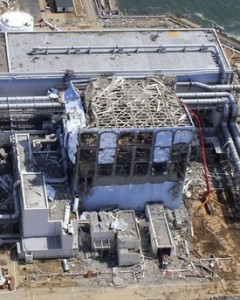
Humans are the worst polluters on the planet, and this is one of the real causes of global warming, especially in big cities.
- Canada’s total waste generation is the largest in the entire world. It has an estimated annual waste total of 1,325,480,289 metric tons.
-
New York is the world’s most wasteful city. New York uses the most energy, disposes of the most trash (33m tonnes per year), and uses the most water.
- Americans generate a huge amount of waste with an estimated 4.5 pounds of municipal solid waste per person per day, of which 55% is residential garbage.
After we have resolved the growing landfill problem, let’s turn our focus to other ways we can clean up polluting cities and countries before we make “Green New Deal” changes that aren’t addressing the real global warming issues.
Let’s responsibly address our myriad effects of human pollution (that can be easily fixed), such as recycling our trash before we get mislead into bogus Green New Deals!

